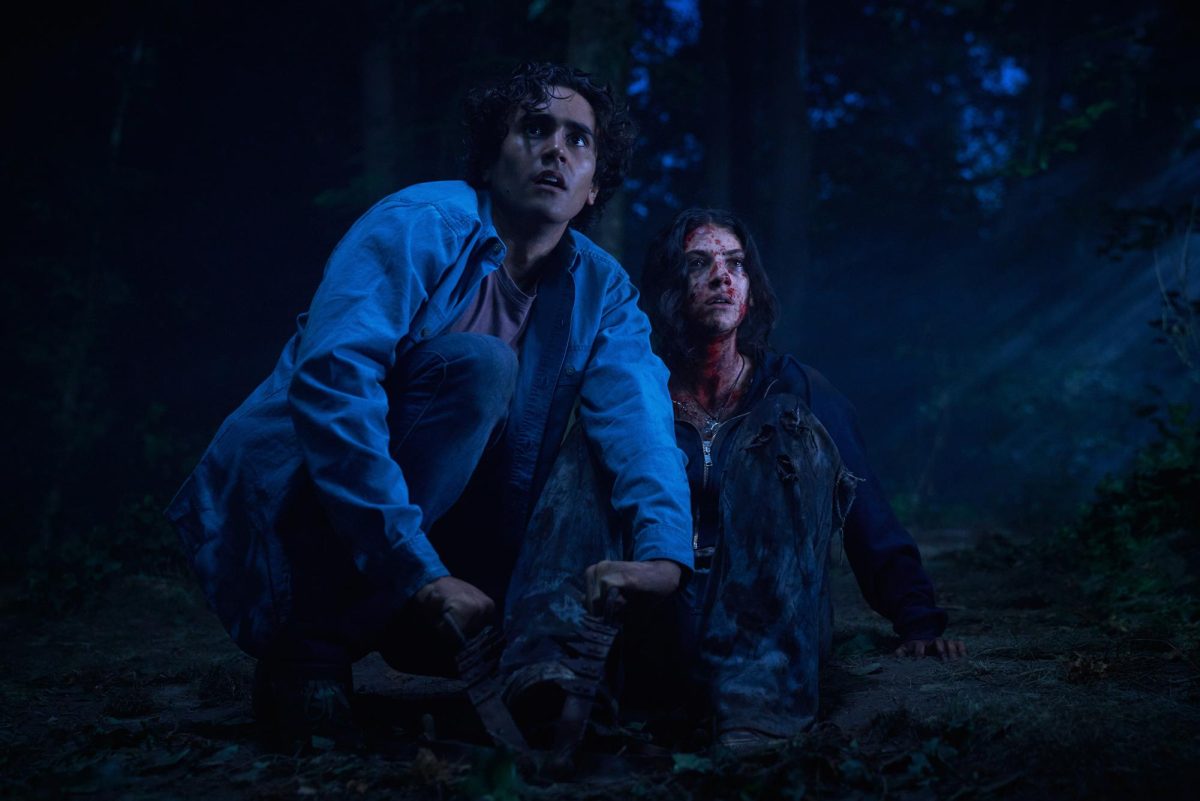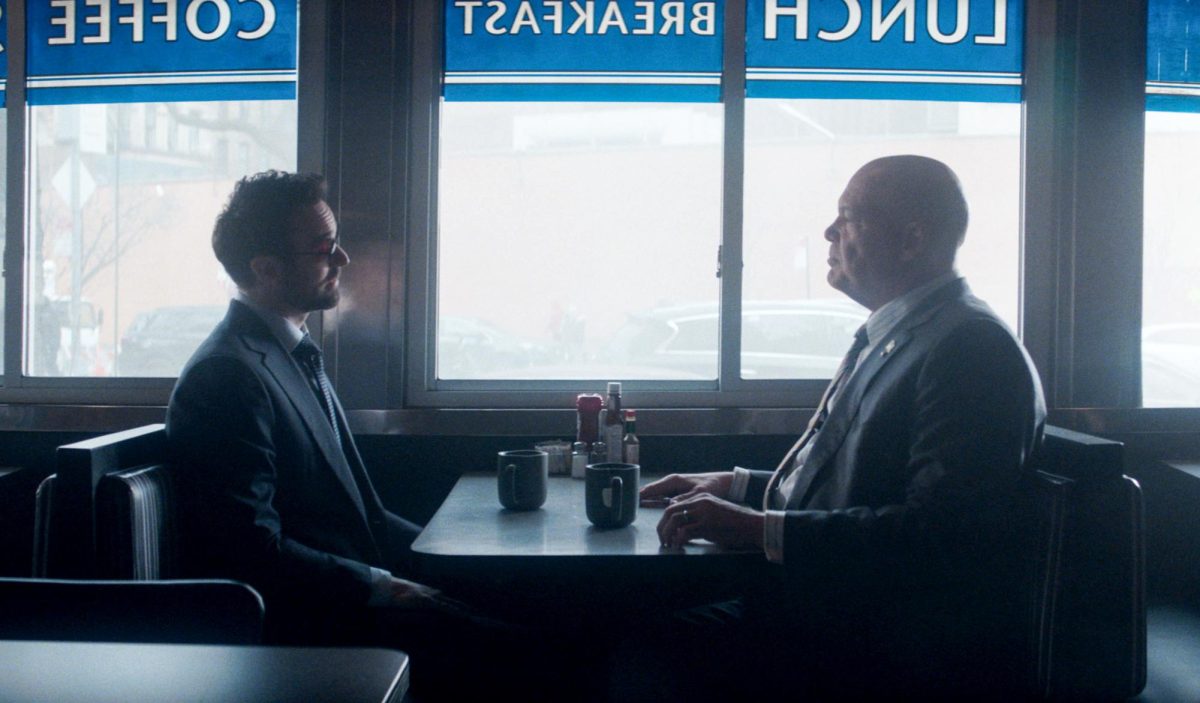“Son of God” is, as any movie chronicling the ventures of Jesus Christ will be, intrinsically religious, which will ultimately turn some viewers off and entice others. However, the movie serves not to advertise or discourage any belief system; rather, the biblical drama reinforces the basic fundamentals of filmmaking: likeable characters and solid artistic direction will produce a viewing experience that is worth any audience’s time.
From the opening, which features an infant Christ swaddled in the arms of a young Mary, there is an obvious attention to aesthetics. As viewers follow Christ (Diogo Morgado), from his rise to messiah status to his resurrection, it becomes clear that the art direction is the film’s most powerful asset. Director Christopher Spencer was ardent in making “Son of God” the industry’s best-looking biblical drama, and the results leave 2004’s “Passion of the Christ” in the dust.
The film’s costume design is superb, with both bystanders and protagonists outfitted in vibrant blue and purple robes that provide needed color to scenes that place Christ and his apostles in endless deserts. In addition, well-done color correction keeps the many cities looking vibrant and fresh, with lively marketplaces rife with colorful bustle. From Nazareth to Israel, the film is certainly pleasant to watch.
While colors pop, audiences may find themselves wishing that the passion devoted to making “Son of God” a visual experience went into the film’s scriptwriting. In many instances, the dialogue feels too much like filler, simply biding time until the next opportunity to recite lines directly from the Bible itself. However, even in the scenes that feature lines taken directly from the text, the delivery can be unnatural and sporadic.
Morgado is an admirable Christ, bearing a convincingly pleasant demeanor throughout. His soft speaking voice and markedly expressive gaze prove to be effective vehicles for characterization. But the actor finds himself struggling with the rapid shifts between modern and biblical English, at times eliminating the illusion of divinity and omniscience around his character.
It’s within Christ’s apostles that the more effective performances are present, each taking on their characters with strong ability. In most scenes, their reactions seem genuine, the actors mustering up tears of both laughter and sadness with ease. A standout from the pack is Darwin Shaw as Peter, who embodies his character’s brooding sensitivity and unwavering faith through his convincingly emotive facial expressions and confident line delivery.
Ultimately, the greatest hindrance to “Son of God” is the garish, absurd score provided by Lorne Balfe. His musical accompaniment frequently borders on self-indulgent, unabashedly ignoring any concept of minimalism, opting instead to barrage audiences in the hopes of eliciting an emotional response. Resultingly, every utterance in the film is followed by a massive orchestral wave, creating many moments that feel unbearably campy for viewers.
Along with its inappropriate score, audiences may find that the visual effects within “Son of God” simply don’t meet the caliber of current industry standards, resulting in some scenes that beg viewers to cover their eyes in mortification for the movie itself. Notably, Christ walks on water, his figure obviously grafted onto the scene, floating awkwardly above the waves. These moments are shamefully funny and may leave the audience looking forward to the next moment of corniness rather than the next moment of holy drama.
“Son of God” is by no means perfect, as performances clash and clumsy writing and moments of cheesiness abound. Thankfully for the film, a combination of solid casting and tasteful aesthetics keep it from being entirely mediocre, and rather elevate it to the status of an enjoyable theater diversion, regardless of the viewers’ religious inclinations.
















